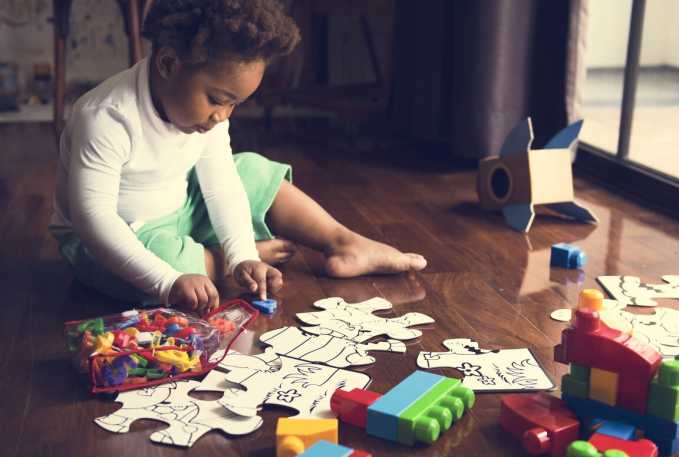Many individuals with autism find transition as the hardest part of their education life. Changing classrooms, teachers and even buildings can cause tremendous stress. Besides schooling, this transition can also include transitioning from school to work life as well. Simple strategies listed below were created to better prepare the individual with autism for transitioning to the schooling or a new experience.
Sneak Peak of the Experience
Students with autism who will be going to a new school or a new classroom would greatly benefit from seeing and learning about the school before their first day. They can preview the school with the help of many tools like videos, brochures and website of the school and classrooms and interviews with the teachers. Some might like to going to school and meeting the teachers before school starts, others might prefer their parents, siblings, or friends to tell them how school is. Just make sure to understand which type would be the most comfortable transition for the individual with autism.
Surveys
Before and during the first couple days of the school year, some teachers ask students and their families to complete a survey to be personally informed with their students and be connected. These surveys can be completed together with the parents or without, depending on the teacher’s choice. Parents can also state if they like to take the questions together. This would help the teacher learn more about her student with autism and the condition in general. These surveys generally focus on the individual’s learning styles, needs, weaknesses and strengths, student’s ideas etc, depending on the age group. Teachers may inquire about what hobbies do the students have, what scares them or upsets them, what do they need to be comfortable in the classroom and such. As individuals with autism need attention on many topics depending on the severity of the condition, these surveys come in handy for the teacher to give the necessary attention to the student, thus making the transition process easier.

Schedules
Just like in daily life, setting routines and schedules will also help the transition process. Students with autism might be thrown off by the noise and complications and a completely new environment in the classrooms and this can make the transition process even harder. Teachers can reassure them by mentioning the time table as often as possible and they should also let students with autism know beforehand when they are going to make changes to the schedule or if someone else will come in to take the class for the day due to their absence.
Preparing schedules would be beneficial for all students in the classroom. The activity itself and knowing when and what they will do will help them be more organized and timely. Taking the first few moments to explain the routine can make a great positive impact on students’ learning experience.
Personal Information
It is important for the teachers to know their students in order to provide them with the appropriate education. Students with special needs can introduce themselves by preparing a portfolio of themselves. These can have their creations, photographs, writings, what they like and so on. This is a simple way of creating a communication path since some students do not speak or can utilize a dependable communication way.
Individuals with autism suffer from various communication problems. It is important for the teachers or the parents to develop a way for them to communicate during transition to any new environment. These students may struggle with introducing themselves, so, preparing a portfolio in this case is a great help. These can be in any type of form: They can be in paper, audio or video form and can be as long or short as liked. Remember that these informations are there to help the individual, so the information should be up to date and sort of a summary of their life.
Prepared from the article by Paula Kluth, Ph.D.— www.paulakluth.com




